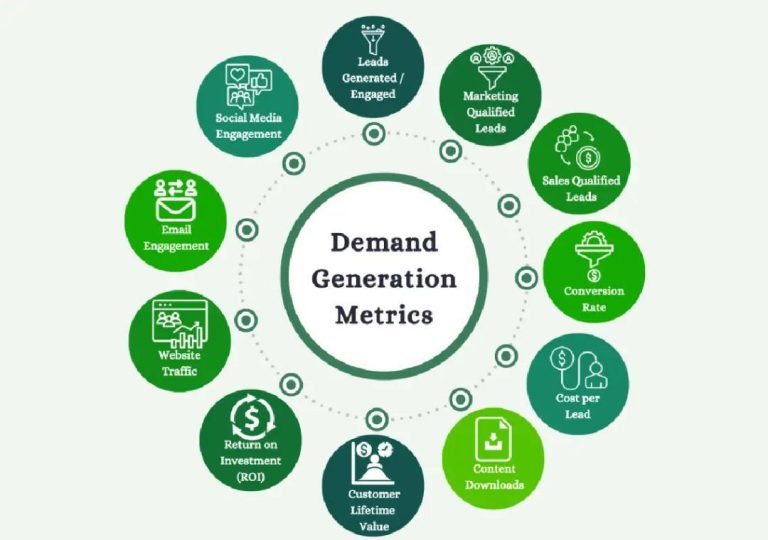
Why Do Cloud Systems Still Struggle with Efficiency?
Cloud adoption is now a ubiquitous phenomenon, with most businesses embracing the benefits of cloud computing to improve agility, scalability, and cost-effectiveness. However, despite the widespread adoption of cloud technology, many organizations still struggle to achieve true efficiency in their cloud-based systems. In this post, we’ll explore the common challenges that prevent cloud systems from realizing their full potential and offer practical solutions to overcome these hurdles.
Manual Interventions: The Root of the Problem
One of the primary reasons why cloud systems struggle with efficiency is the reliance on manual interventions. When issues arise, IT teams often resort to manual troubleshooting, which can be time-consuming and prone to errors. This reactive approach can lead to a cycle of firefighting, where teams are constantly putting out fires rather than proactively managing the system.
Manual interventions not only increase the risk of human error but also lead to inefficient use of resources. According to a study by Gartner, manual processes can account for up to 30% of IT budget, which could be better spent on strategic initiatives. Furthermore, manual interventions can also lead to a lack of visibility, making it challenging to identify and address underlying issues.
Fragmented Ownership: A Key Obstacle to Efficiency
Another significant challenge to cloud system efficiency is fragmented ownership. In many organizations, cloud infrastructure is managed by multiple teams or departments, each with their own goals and priorities. This can lead to a lack of coordination and communication, resulting in duplicated efforts, conflicting priorities, and inefficient use of resources.
Fragmented ownership can also lead to a lack of accountability, making it challenging to identify and address issues. When multiple teams are responsible for different aspects of the cloud system, it can be difficult to determine who is responsible for resolving a particular issue.
Outdated Operating Models: Another Barrier to Efficiency
Traditional operating models, which focus on maintaining and managing IT infrastructure, are often ill-equipped to handle the complexities of cloud-based systems. These models typically rely on a centralized IT team to manage the infrastructure, whereas cloud-based systems require a more decentralized approach, with multiple teams working together to manage the system.
Outdated operating models can lead to a lack of agility, making it challenging for organizations to respond to changing business needs. Furthermore, these models can also lead to a lack of visibility, making it difficult to identify and address issues.
The Need for Proactive Performance Tuning and Automation-First Approaches
To fully leverage the benefits of cloud computing, businesses must shift from reactive troubleshooting to proactive performance tuning and automation-first approaches. Proactive performance tuning involves monitoring the system and identifying potential issues before they become critical. This approach can help reduce downtime, improve performance, and increase efficiency.
Automation-first approaches, on the other hand, involve using automation tools to manage and maintain the cloud system. Automation can help reduce manual interventions, improve visibility, and increase accountability. By automating routine tasks, IT teams can focus on more strategic initiatives, such as developing new applications and services.
Best Practices for Building a Cloud-Efficient Operating System
So, how can organizations overcome the challenges of cloud system inefficiency? Here are some best practices to consider:
- Implement a Cloud Operating Model: Develop a cloud operating model that is designed to support the unique requirements of cloud-based systems. This model should emphasize collaboration, visibility, and agility.
- Implement Proactive Performance Tuning: Use monitoring tools to proactively identify potential issues and apply fixes before they become critical.
- Invest in Automation Tools: Automate routine tasks, such as backups and patch management, to reduce manual interventions and improve efficiency.
- Foster a Culture of Collaboration: Encourage collaboration between teams and departments to improve communication and coordination.
- Monitor and Measure Performance: Use metrics and analytics to monitor and measure performance, identifying areas for improvement and optimizing the system accordingly.
Conclusion
Cloud adoption is widespread, but system efficiency lags behind. To fully leverage the benefits of cloud computing, businesses must shift from reactive troubleshooting to proactive performance tuning and automation-first approaches. By implementing a cloud operating model, investing in automation tools, fostering a culture of collaboration, and monitoring and measuring performance, organizations can overcome the challenges of cloud system inefficiency and achieve true efficiency in their cloud-based systems.
Source
“Growth Jockey. (n.d.). Challenges in Building a Cloud-Efficient Operating System. Retrieved from https://www.growthjockey.com/blogs/challenges-building-cloud-efficient-operating-system“






